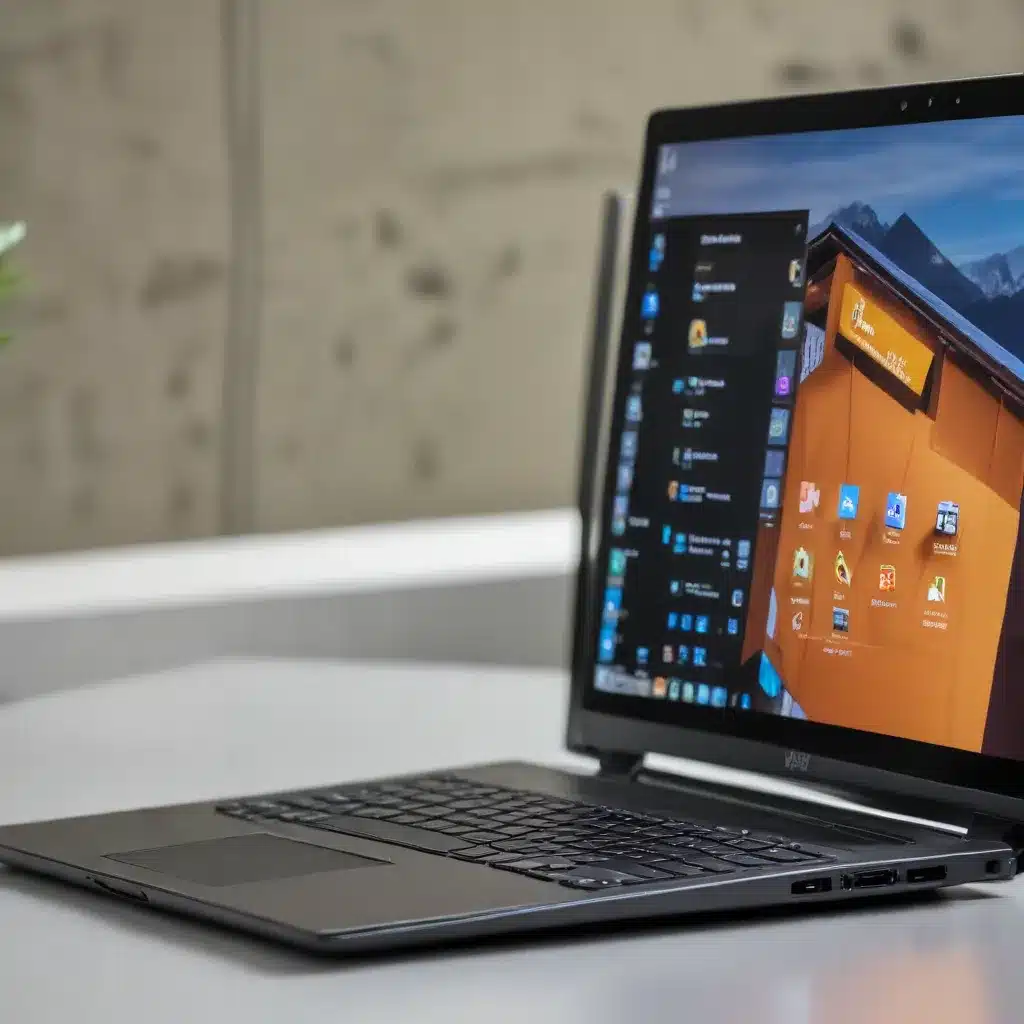
Optimizing Remote Desktop Connectivity on Windows 11
As an experienced IT professional, I’ve seen my fair share of remote desktop connection challenges, especially with the rollout of Windows 11 and the increasing reliance on remote work setups. In this comprehensive guide, we’ll dive deep into troubleshooting and optimizing your Remote Desktop Connection Manager (RDCMan) and gateway configurations on Windows 11 to ensure seamless and reliable remote access.
Understanding the Importance of Remote Desktop Optimization
In today’s rapidly evolving IT landscape, remote desktop connectivity has become a critical component of modern workflows. Whether you’re supporting a distributed workforce, providing IT assistance to users, or managing virtual environments, ensuring reliable and efficient remote desktop access is essential. However, with the introduction of Windows 11 and the associated network changes, users have often encountered issues with remote desktop connections, leading to frustrating disconnects, freezes, and performance degradation.
Identifying and Resolving Remote Desktop Disconnects
One of the most common problems users face is the sudden and random disconnection of their remote desktop sessions. This can be particularly problematic for those engaged in video rendering, 3D modeling, or other resource-intensive tasks. Based on the experiences shared in the Reddit forum, a key factor contributing to these disconnects could be related to Wi-Fi interference or compatibility issues with the network gateway.
To address this, start by ensuring that users are connected to a 5GHz Wi-Fi network, if available, as this can provide a more stable and less congested connection. Additionally, use a Wi-Fi analyzer tool to identify any neighboring wireless networks operating on the same channel as the user’s network, and try to move the network to a different, less-crowded channel.
Another potential solution is to leverage Ethernet connections whenever possible, as wired connections are generally more reliable and less susceptible to interference. Provide users with long Ethernet cables to facilitate a direct connection to the network, bypassing any potential Wi-Fi-related issues.
If the problem persists, explore adjusting the GlobalProtect timeout settings, as mentioned in the Palo Alto Networks forum post. By increasing the timeout from the default 8 hours to 12 hours, you can prevent the GlobalProtect VPN from disconnecting during the workday, which in turn can improve the stability of the remote desktop sessions.
Addressing Remote Desktop Connection Freezes
In addition to random disconnects, users may also experience remote desktop connection freezes, where the RDP session becomes unresponsive and requires a manual reconnection. This issue seems to be particularly prevalent for users who have recently upgraded their home network gateways, as mentioned in the Xfinity forum post.
The root cause of these freezes appears to be related to the use of newer Wi-Fi security protocols, such as WPA3, which may not be compatible with older network adapters. To resolve this, you can instruct users to update the drivers for their Marvell network adapters, as outlined in the aforementioned Xfinity forum post.
Alternatively, if the user’s device is unable to connect to the new gateway due to compatibility issues, you can suggest temporarily switching the gateway’s wireless security to the WPA2 protocol. This may provide a workaround until the device’s network adapter can be updated.
Optimizing Remote Desktop Gateway Configuration
Beyond troubleshooting individual client-side issues, it’s also important to ensure that the Remote Desktop Gateway (RD Gateway) is properly configured and optimized for your Windows 11 environment. This includes reviewing settings related to connection timeouts, load balancing, and security protocols.
Start by examining the RD Gateway’s session timeout settings and adjusting them if necessary to prevent premature disconnections. Additionally, consider implementing load balancing strategies to distribute the connection load across multiple gateway servers, enhancing overall system resilience.
It’s also crucial to keep your RD Gateway software and security protocols up-to-date. Ensure that the gateway is configured to use the latest encryption and authentication methods, such as TLS 1.2 or 1.3, to provide a secure and reliable remote access solution.
Leveraging IT Fix Resources for Ongoing Support
As an experienced IT professional, I understand the importance of staying up-to-date with the latest technology trends and troubleshooting techniques. That’s why I encourage you to explore the resources available on the IT Fix website, which offers a wealth of information on computer repair, technology solutions, and IT best practices.
Whether you’re looking for guidance on application licensing for video rendering and 3D modeling software, or you need assistance with Citrix session issues, the IT Fix community is a valuable resource for IT professionals like yourself. By staying connected and sharing knowledge, we can collectively improve the remote work experience for users and enhance the overall efficiency of IT operations.
Remember, optimizing remote desktop connectivity on Windows 11 is an ongoing process, and it’s essential to stay vigilant and adaptable as technology continues to evolve. By following the tips and strategies outlined in this article, you’ll be well on your way to providing seamless and reliable remote access to your users, empowering them to work productively from anywhere.
Conclusion
Ensuring efficient and reliable remote desktop connectivity on Windows 11 is crucial in today’s technology-driven landscape. By addressing common issues like random disconnects, connection freezes, and gateway configuration challenges, you can empower your users to work remotely with confidence and enhance the overall productivity of your organization.
Remember, the key to success lies in staying informed, troubleshooting proactively, and leveraging the resources available to you, such as the IT Fix community. By continuously optimizing your remote desktop environment, you’ll be able to provide a superior user experience and maintain a competitive edge in the ever-evolving IT industry.












